
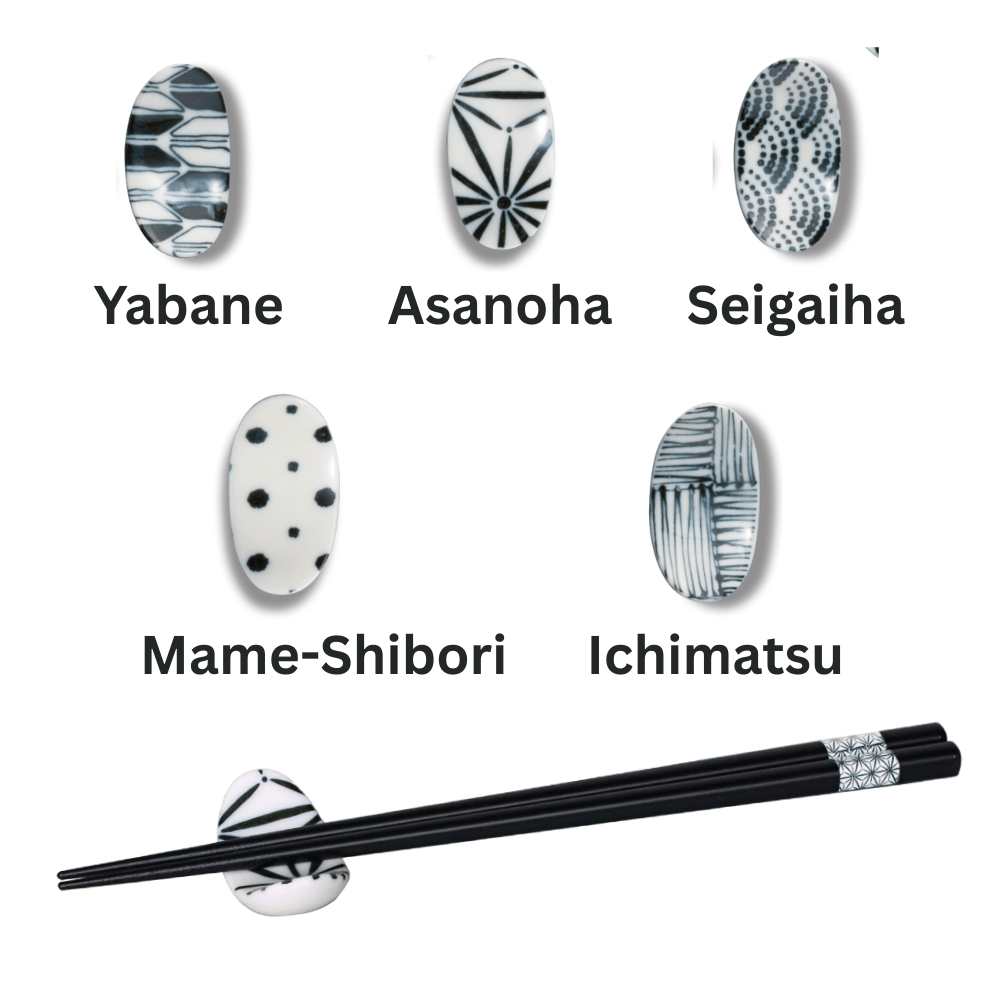
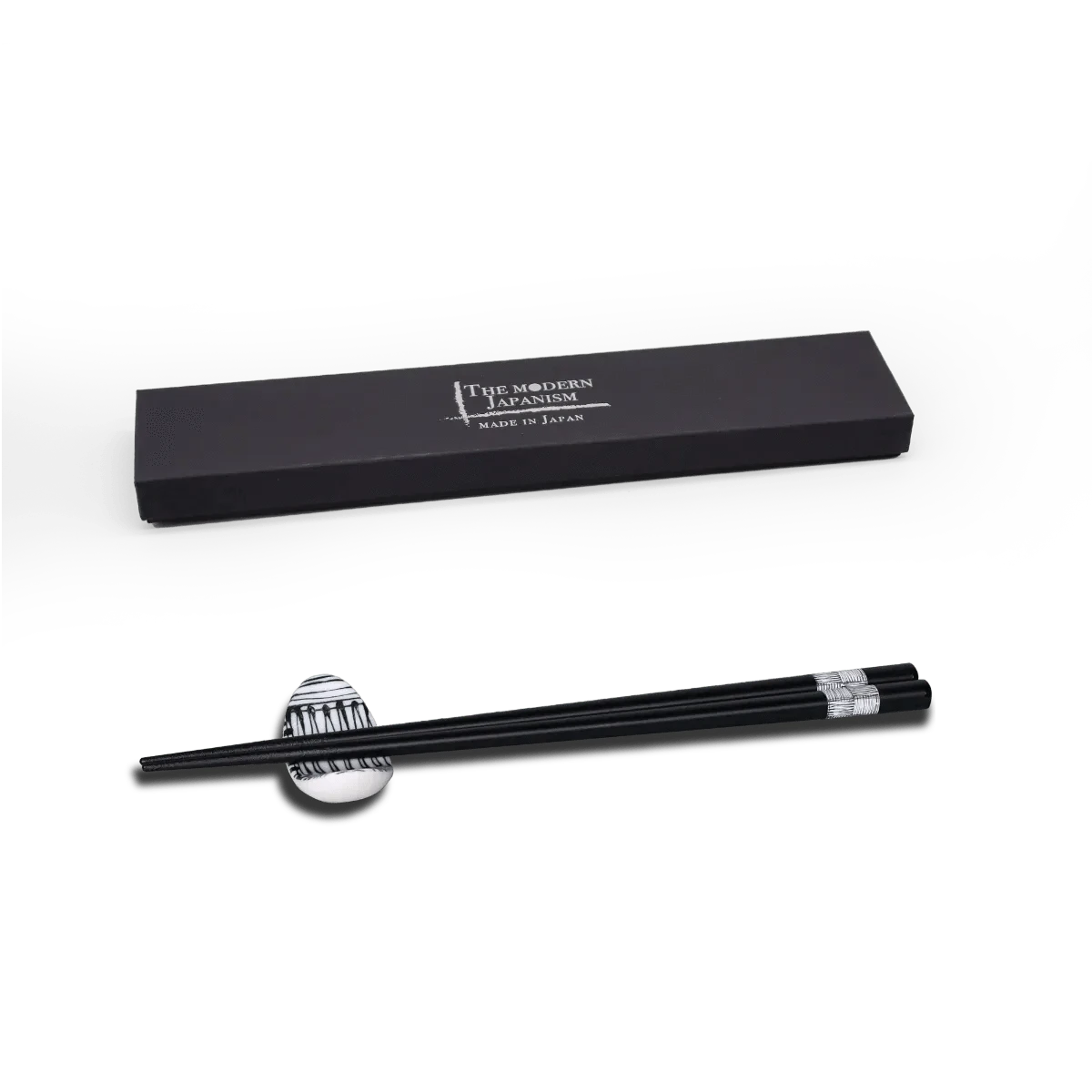
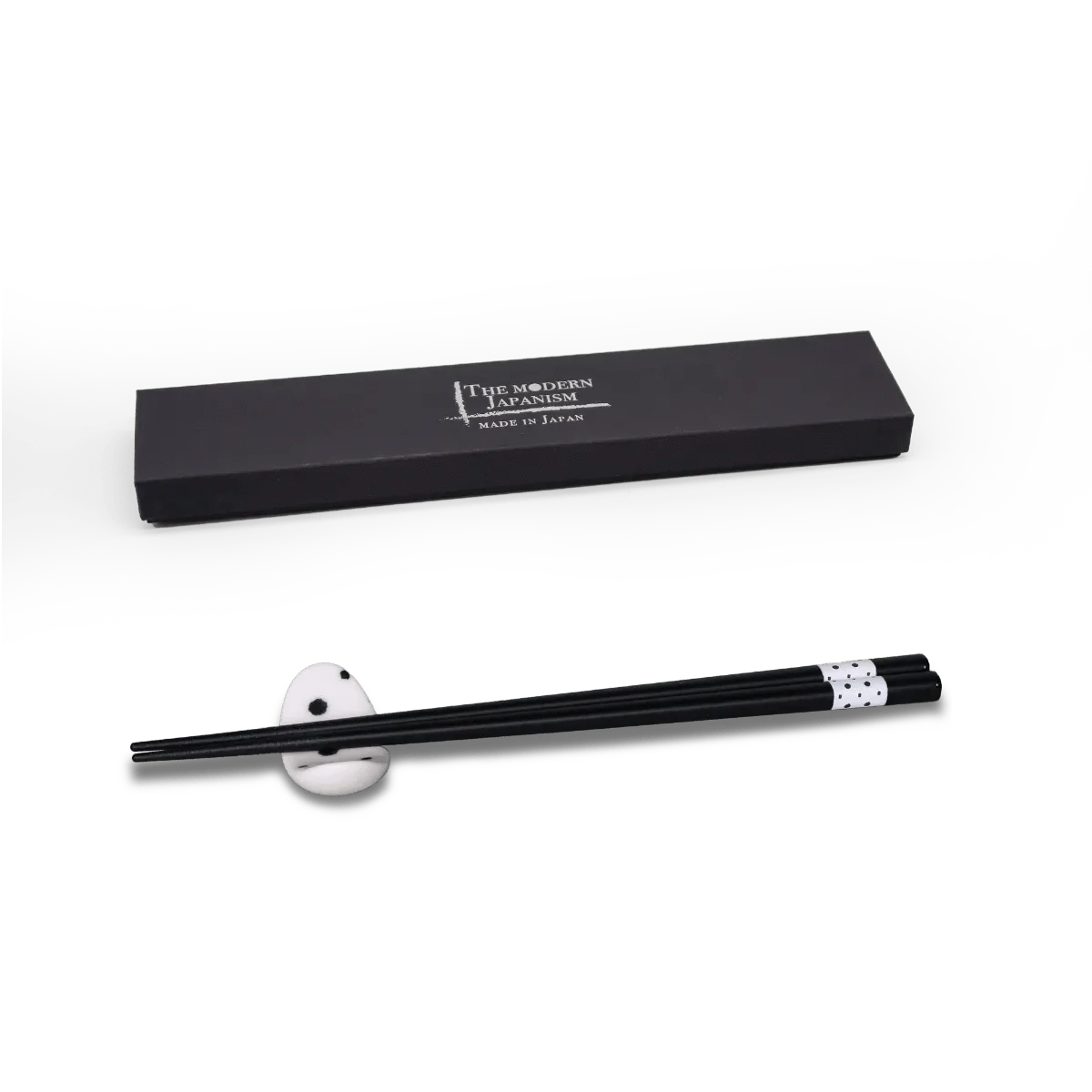
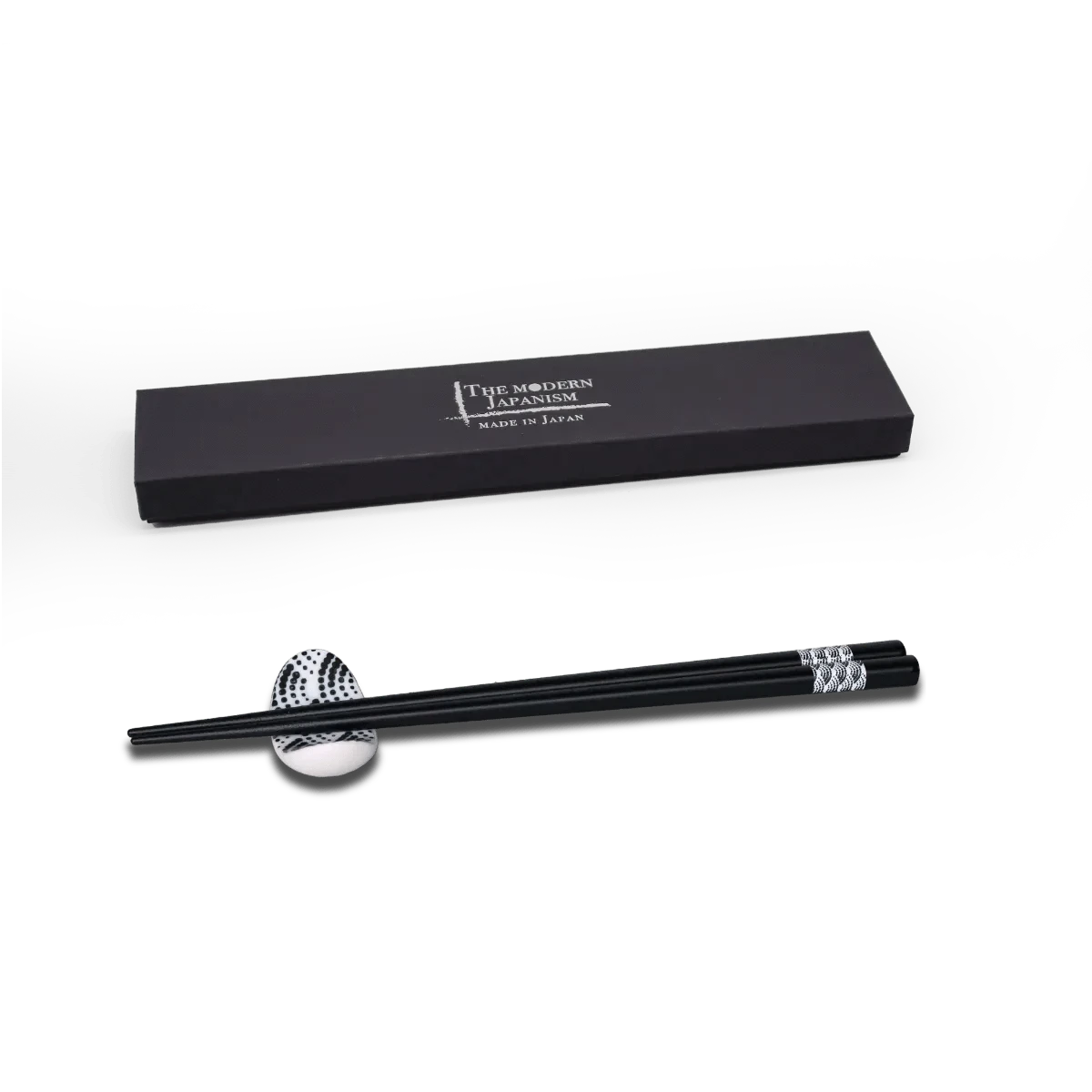
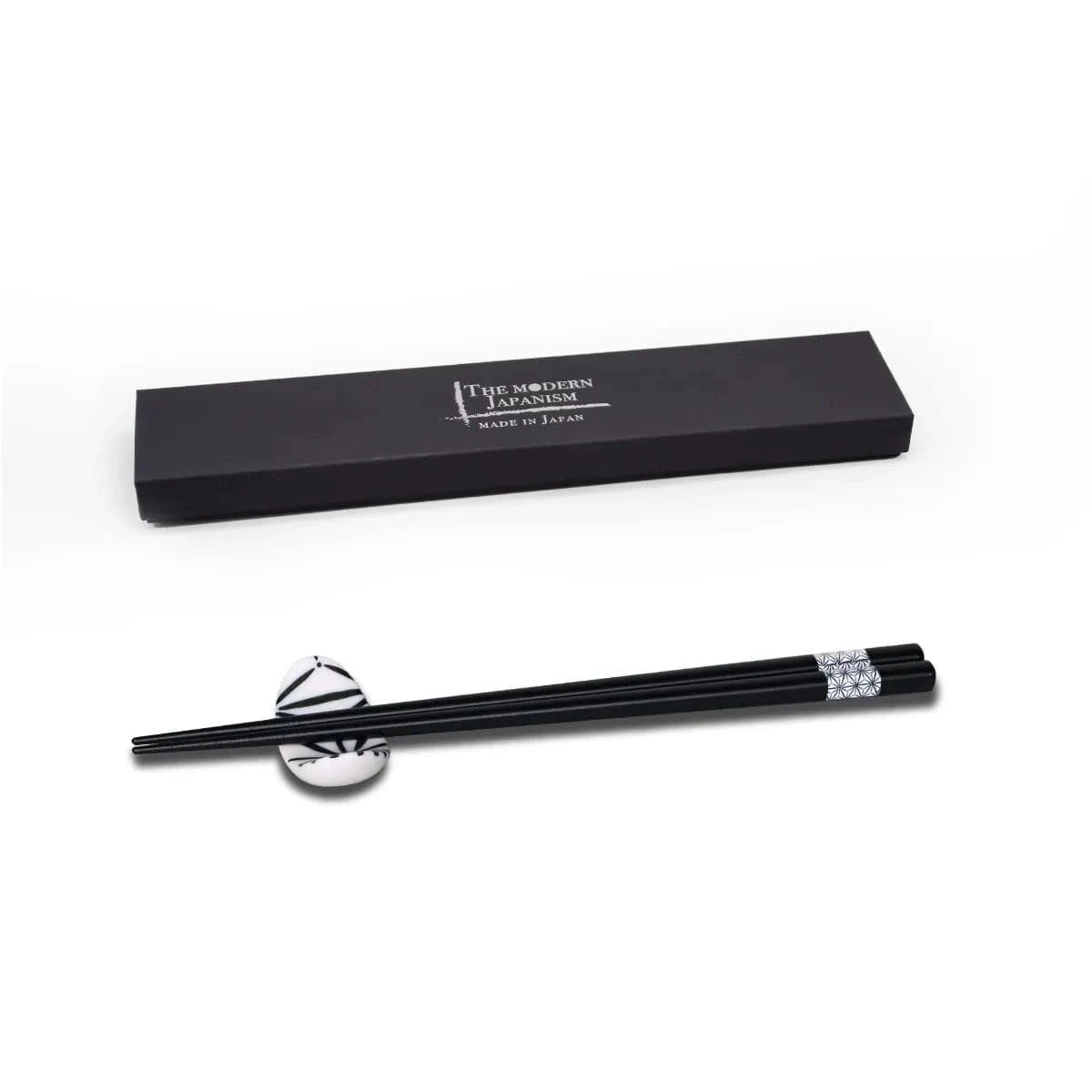
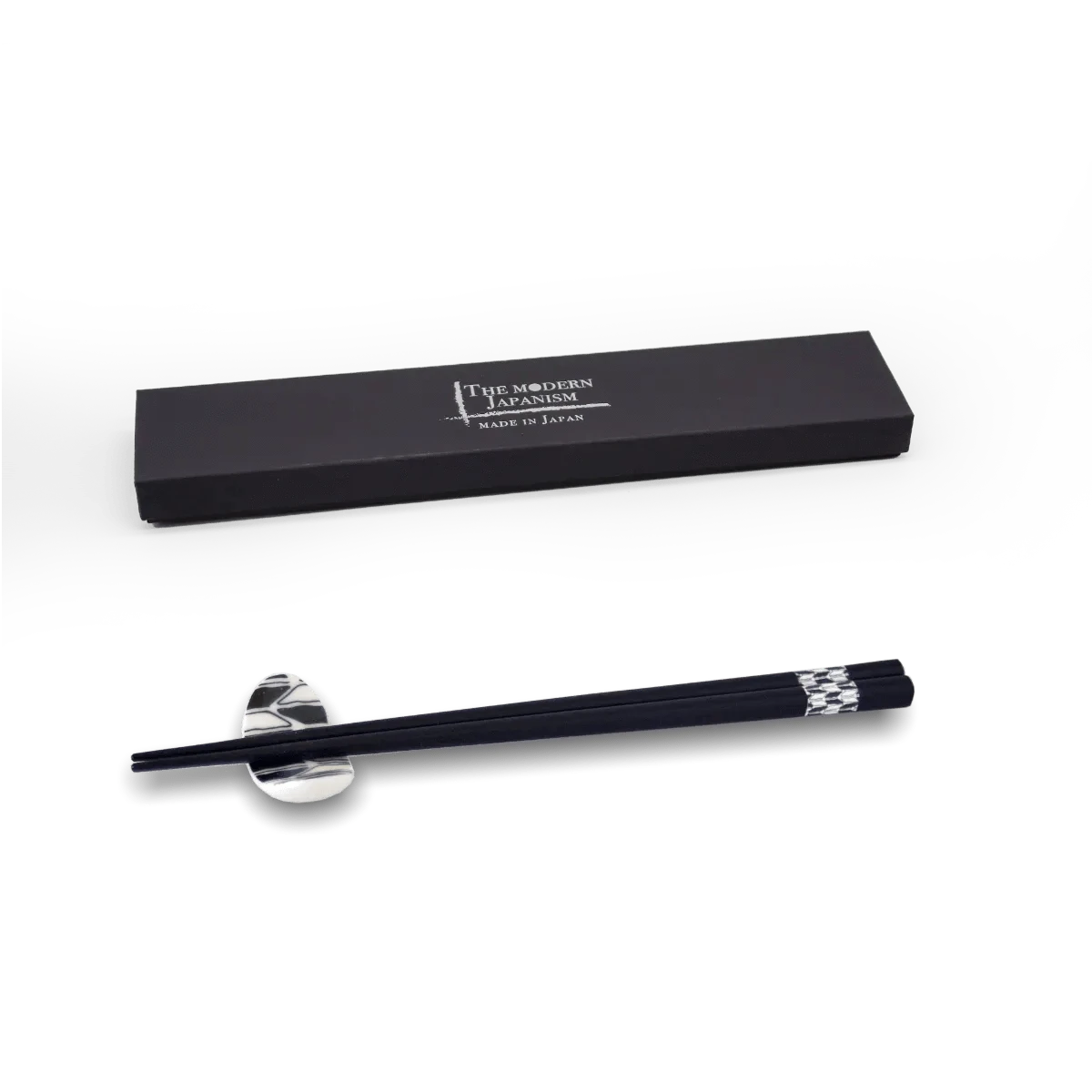
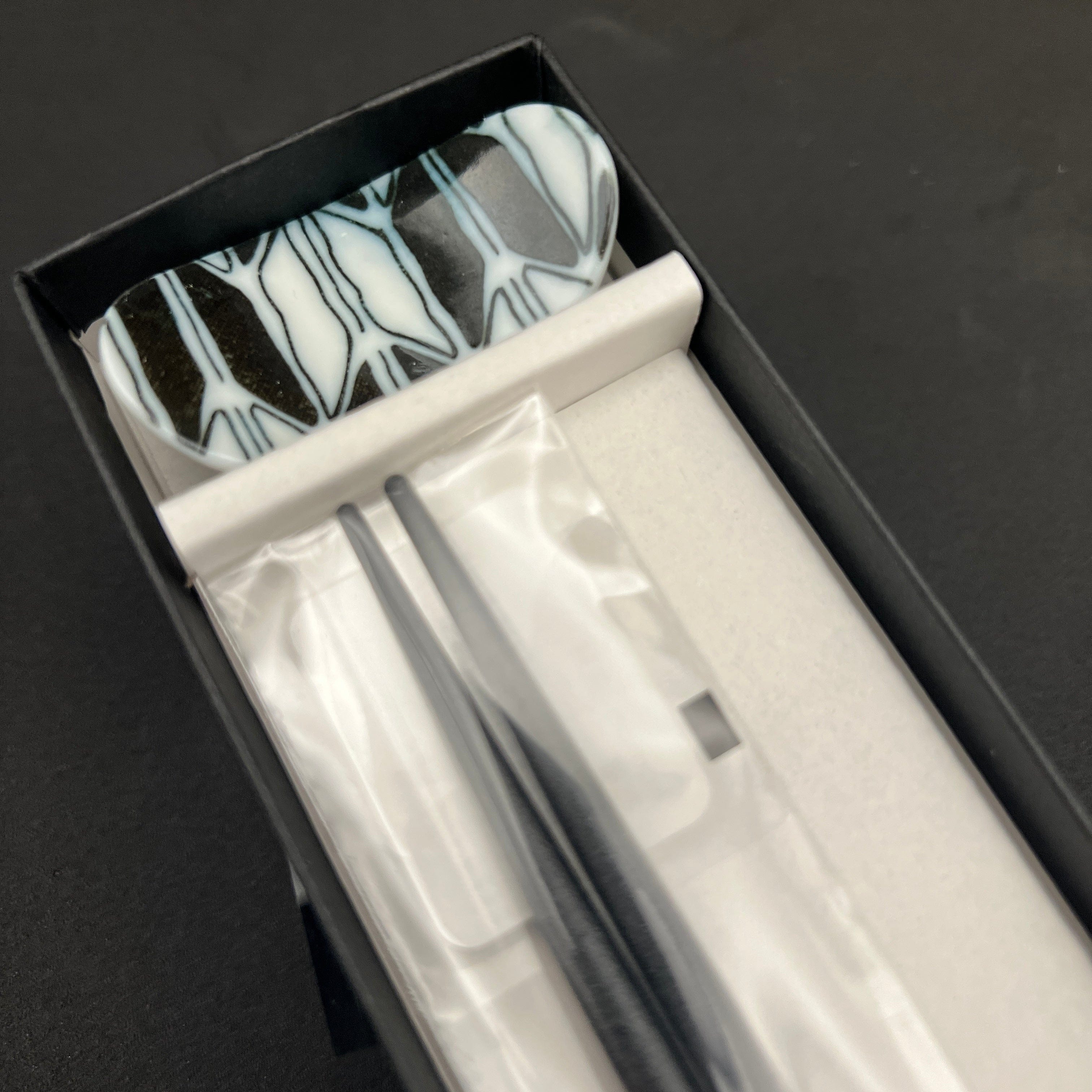
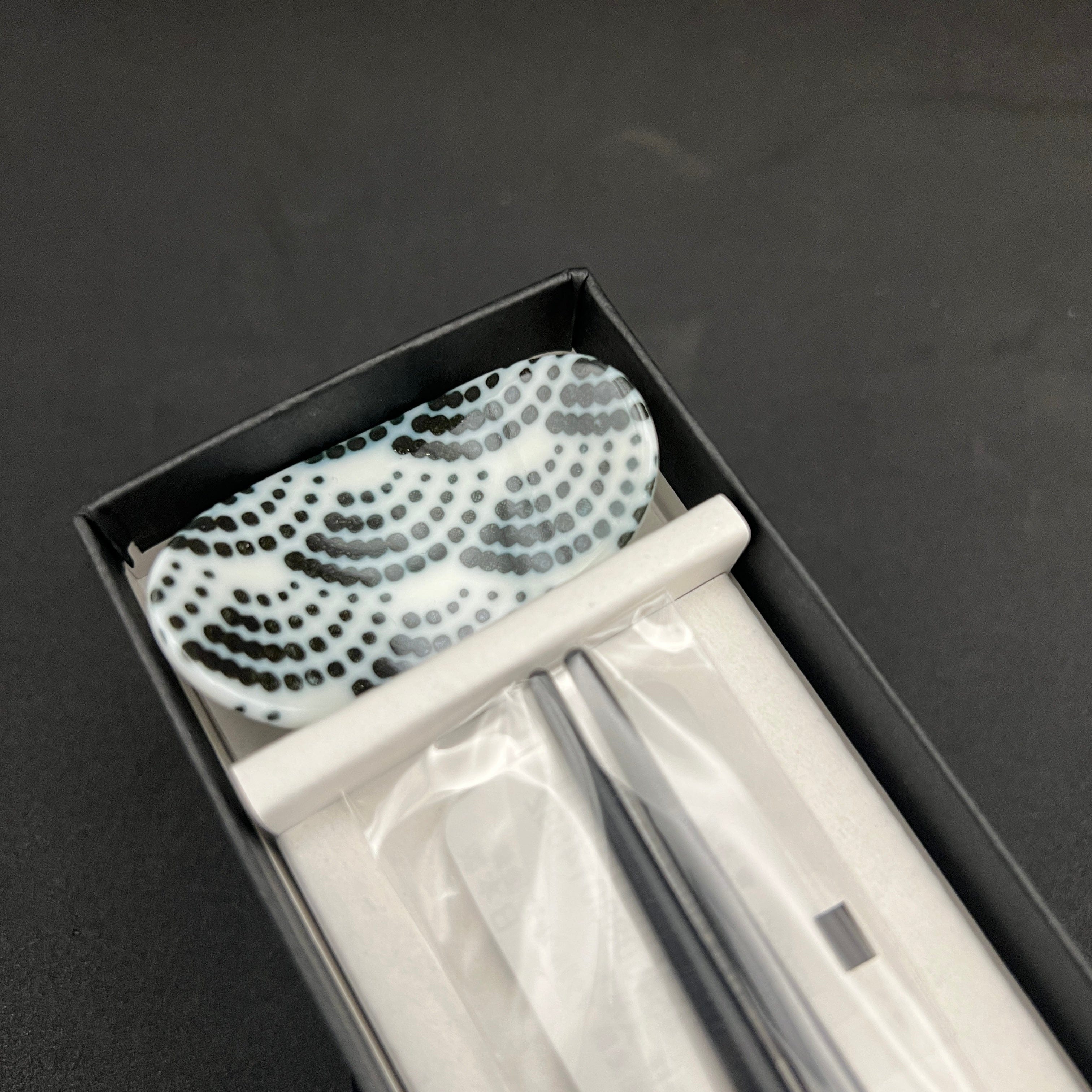
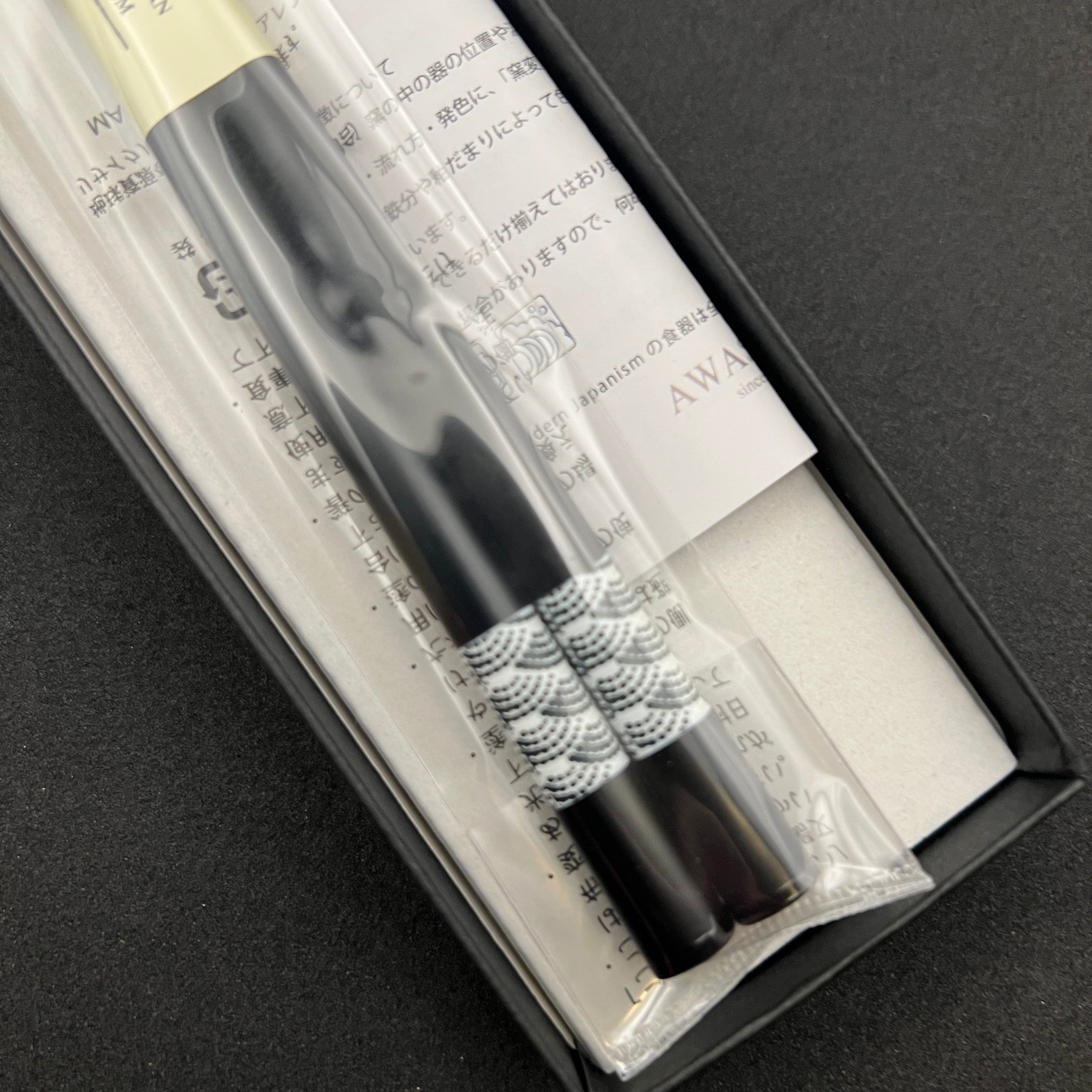
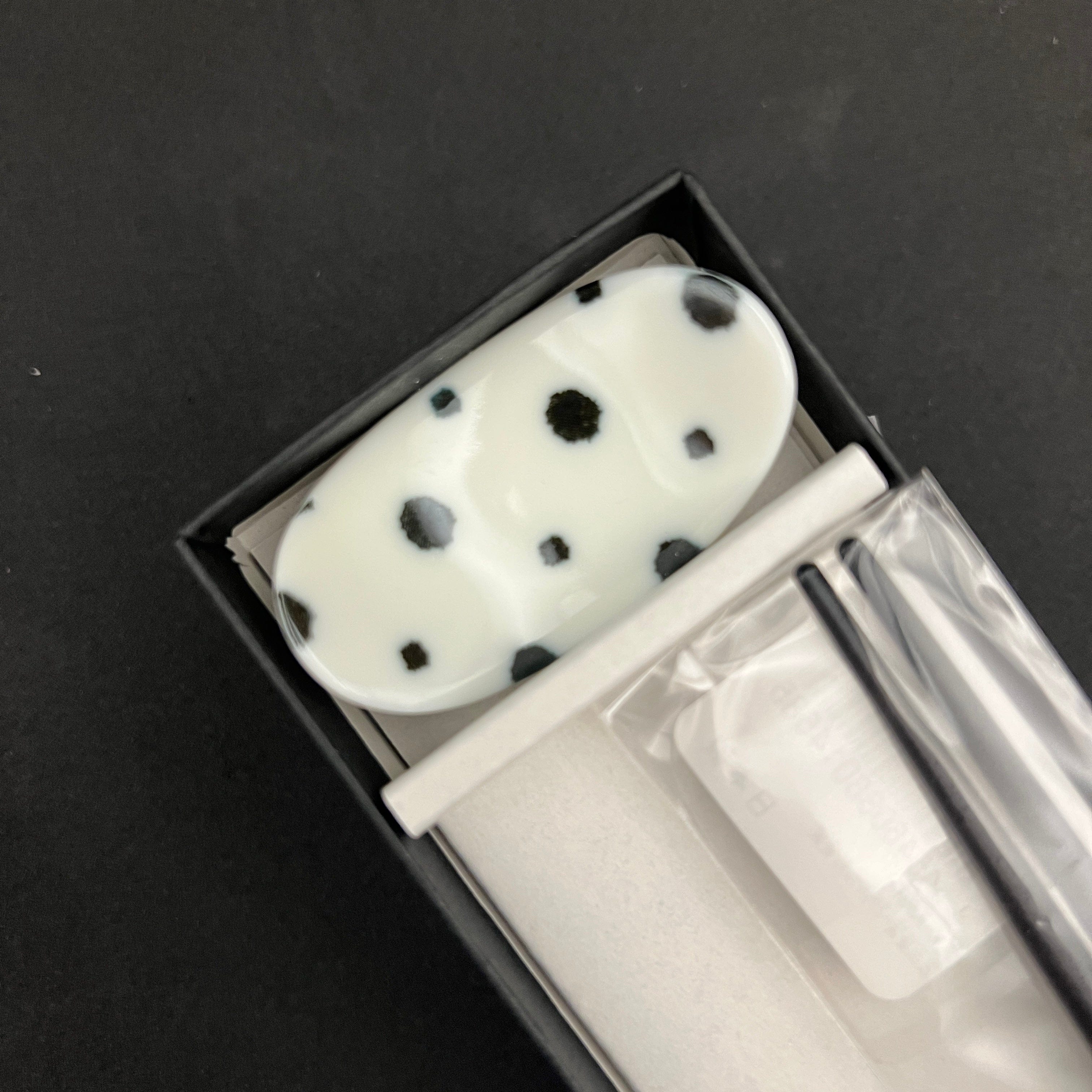

Komon Yagasuri Chopsticks and Chopstick Rest Set
Fast & Secure Delivery from Japan to your Door [Shipping Policy]
Shop Safely with Encrypted Checkout and Verified Gateways.
Pairs well with

Komon Yagasuri Chopsticks and Chopstick Rest Set
If you have any questions, you are always welcome to contact us. We'll get back to you as soon as possible, within 24 hours on weekdays.
-
Shipping Information
Use this text to answer questions in as much detail as possible for your customers.
-
Customer Support
Use this text to answer questions in as much detail as possible for your customers.
-
FAQ’s
Use this text to answer questions in as much detail as possible for your customers.
-
Contact Us
Use this text to answer questions in as much detail as possible for your customers.
Tradition at Your Fingertips – Japanese Chopstick & Rest Gift Set in Timeless Komon Patterns
Bring Japanese heritage into your home with this sophisticated chopstick and rest set—where every line and motif tells a story. The natural wood chopsticks are smooth to the touch and offer precise handling, while the porcelain rest not only supports hygiene but acts as a canvas for one of five distinct designs:
Asanoha (Hemp Leaf): Hemp has long been valued in Japan for its strength, rapid growth, and symbolic power to ward off evil. Traditionally used in garments and textiles, it continues to play a role in cultural rituals today—most notably in ceremonial kimono for children, where it embodies protection and vitality.
Yabane (Arrow Feather): The 矢羽模様 (Yabanemoyō), or arrow feather pattern, has deep roots in Japanese tradition, originally seen in kasuri woven textiles. During the Edo period, it took on special meaning in the context of marriage—symbolizing unwavering commitment. Just as an arrow never returns once released, it was believed that gifting a bride a kimono adorned with this motif would ensure she fully embraced her new life. Over time, the pattern grew popular among women as a symbol of loyalty, direction, and lasting union.
Seigaiha (Blue Ocean Waves): This auspicious pattern carries deep cultural and poetic meaning, expressing a timeless wish for a life filled with tranquility, harmony, and continuity. Just as the ocean stretches endlessly to the horizon and its gentle waves roll in without end, the motif reflects the hope for an unbroken flow of peaceful days. It’s a visual prayer for stability and calm, passed down through generations. The pattern’s name is also believed to be inspired by a graceful dance performed to gagaku, Japan’s ancient imperial court music, which appears in the literary classic The Tale of Genji. Rich in symbolism and beauty, it connects nature, tradition, and human aspiration into a single elegant design.
Ichimatsu: The origins of this iconic pattern can be traced back to Japan’s ancient past, with early examples found in the garments of Haniwa clay figures from the Kofun period (3rd–7th century), as well as in preserved textiles housed in the Shōsōin repository at Hōryū-ji Temple. Within the refined world of court etiquette, these motifs were historically referred to as Ishijō and Kasumi, representing traditional aesthetics and aristocratic taste.
Over time, the pattern evolved and found new life in the vibrant world of Edo-period Kabuki theater. It became widely known as Ichimatsu moyō (市松模様) after the celebrated Kabuki actor Sanogawa Ichimatsu, who famously wore hakama adorned with the checkerboard motif on stage. His performances left such a strong visual impression that the pattern took on his name and quickly gained popularity across Japanese culture. Today, Ichimatsu moyō stands as both a nod to Japan's classical roots and a symbol of enduring style and cultural continuity.
Mame-Shibori (Polka Dots): Cheerful and lively, often used in hand towels to evoke playfulness and joy.
Each porcelain piece undergoes natural variations in the kiln—making your set uniquely yours.
Product Information
Material
Care instructions
Maker
FAQs
All you need to know about Japanese Chopsticks.
What materials are commonly used in artisan-made Japanese chopsticks?
Artisan Japanese chopsticks are typically crafted from natural woods such as ebony, cherry, bamboo, and birch. Many feature hand-applied natural lacquer (urushi) and decorative inlays made of seashell, gold leaf, or eggshell.
What is Wakasa-nuri, and why is it important?
Wakasa-nuri is a traditional lacquerware technique from Obama City, Japan, known for its deep, multi-layered finish. Each pair is polished by hand to reveal intricate patterns using natural elements, resulting in chopsticks that are both durable and beautifully unique.
How are artisan chopsticks different from mass-produced ones?
Unlike machine-made chopsticks, artisan chopsticks are handcrafted using time-honored methods. Each step—from shaping and sanding to lacquering and polishing—is done by skilled craftsmen, ensuring superior quality, finish, and individuality.
Are artisan Japanese chopsticks safe for food use?
Yes. Trusted makers like Hyozaemon use only food-safe, natural materials without synthetic coatings. Their philosophy emphasizes that chopsticks are part of the meal, so safety and quality are paramount.
How long do lacquered artisan chopsticks last?
With proper care, lacquered chopsticks can last for many years. Hand-wash only, avoid soaking or dishwashers, and store them in a dry place to preserve the finish and structural integrity.

